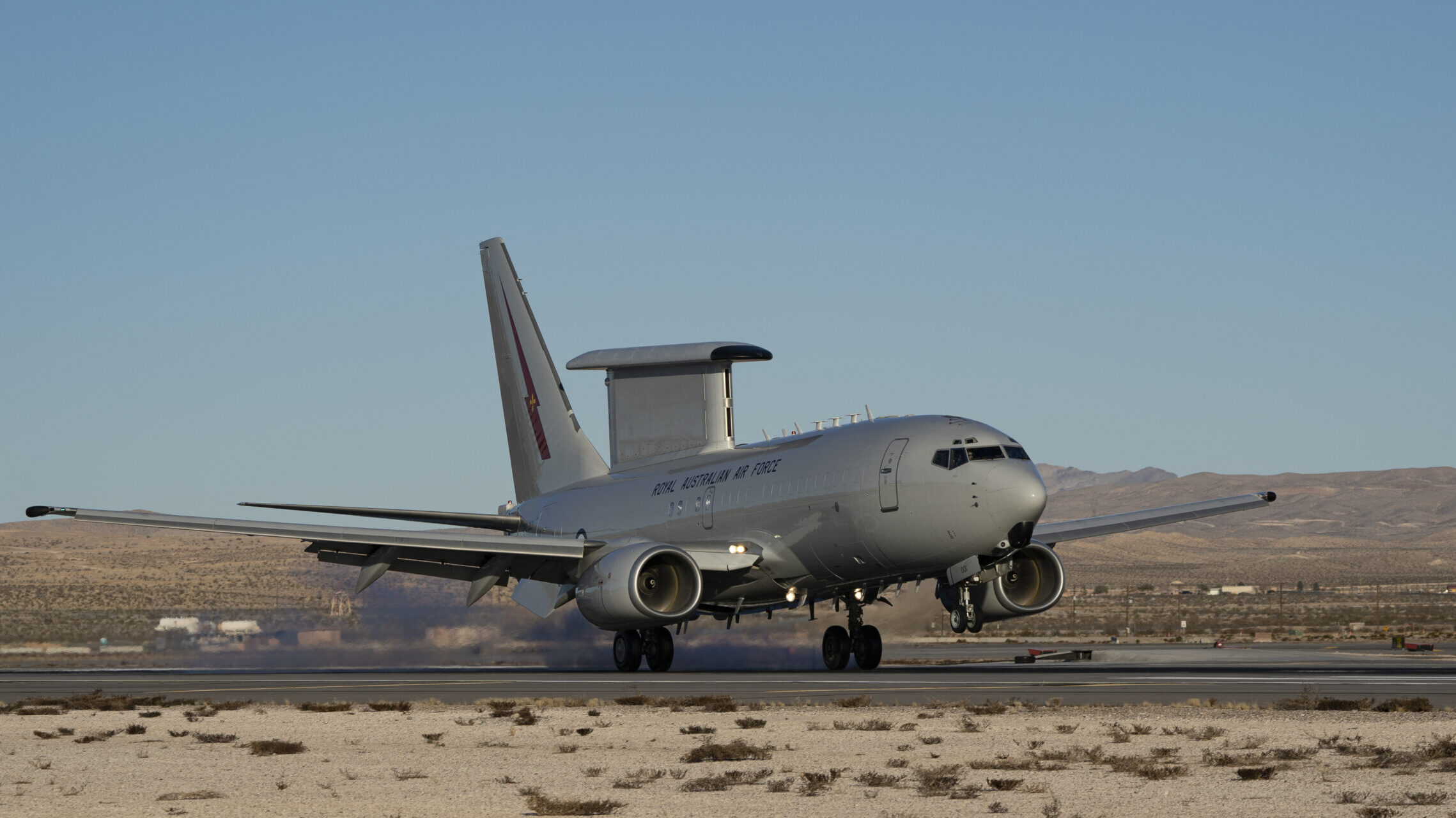Radar Focus in Defense: The AFRL’s New Initiative
A Royal Australian Air Force E-7A Wedgetail, an advanced airborne early warning and control aircraft, exemplifies the critical role of radar in modern military operations. Now, the Air Force Research Laboratory (AFRL) is spearheading a groundbreaking initiative to develop next-generation radar systems for a variety of intelligence, surveillance, and reconnaissance (ISR) missions.
The STARS Program: A $95 Million Investment
The AFRL has announced the Science and Technology Applied RF Systems (STARS) program, a six-year endeavor with an estimated budget of nearly $95 million. The program aims to advance radio frequency (RF) capabilities, providing all-weather, day-night ISR through innovative radar modes. The STARS program will award up to three indefinite delivery, indefinite quantity (IDIQ) contracts, with funding allocated based on individual task orders. Interested vendors must respond by June 12.
Objectives and Capabilities
The primary objective of the STARS program is to enhance RF sensing capabilities across various domains, including air, land, sea, space, and cyber space. The initiative focuses on developing solutions for Passive Source Localization (PSL), Synthetic Aperture Radar (SAR), Moving Target Indication (MTI), and other critical technologies such as Tracking, Automatic Target Recognition (ATR), and Interference Suppression.
“These advanced RF capabilities will provide persistent surveillance across permissive, contested, and highly contested boundaries, significantly improving the operational capabilities of the Air Force and Tri-Service Communities,” states the AFRL solicitation.
Replacing Aging Systems with Next-Generation Technology
The STARS program is positioned to replace and surpass the capabilities of aging systems like the Air Force’s E-8C Joint Surveillance Target Attack Radar System (JSTARS), which used an X-band radar for ground target tracking. The broad language of the AFRL solicitation also suggests interest in sensors for tracking airborne targets, a mission currently performed by the E-3 Airborne Warning and Control System (AWACS). The Air Force is in the process of negotiating with Boeing to develop the E-7 Wedgetail as a successor to AWACS.
Broad Scope and Future Applications
In response to inquiries about potential applications, an AFRL spokesperson emphasized the wide scope of the STARS program, stating, “STARS is a broad solicitation covering a very wide variety of RF sensing technologies to potentially advance a variety of capabilities. It is anticipated that the R&D completed will ultimately support a variety of emerging and future Air Force needs.”
Comprehensive Research and Development Efforts
Contractors participating in the STARS program will undertake a range of tasks, including modeling, analysis, simulation, development, design, fabrication, testing, evaluation, demonstration, and conceptualization of RF and multi-INT subsystems and components. The program will leverage past and ongoing advancements from AFRL’s Sensors Directorate.
Task orders will be assigned in four categories:
- Algorithm and software design, development, and implementation
- Modeling, simulation, and analysis (MS&A)
- Lab and flight testing, and hardware development
- Systems integration and transition planning
Initial Task Order: Digital Development Environment
The first task order focuses on building a “digital development environment” to test emerging “RF sensor and RF sensor signal processing technologies” being developed by both commercial firms and the US government. This task order will cover 12 months of activity and set the foundation for future advancements.
Conclusion
The AFRL’s STARS program represents a significant investment in the future of radar technology, aiming to enhance ISR capabilities across multiple domains. By advancing RF sensing technologies, the program will provide the US military with cutting-edge tools for persistent surveillance, ensuring operational superiority in a variety of environments. As the STARS program progresses, it promises to revolutionize radar technology and its applications in defense.

